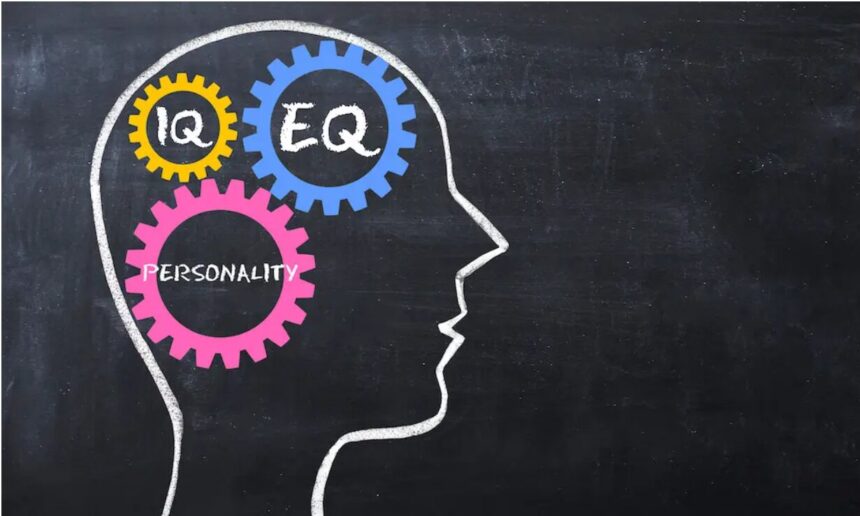In the dynamic world of business, encountering difficult customers is inevitable. However, the way you handle these interactions can make all the difference in maintaining customer satisfaction and fostering long-term relationships. This article explores the essential strategies for managing challenging customer interactions, emphasizing the importance of emotional intelligence (EQ) and effective communication skills.
Key Takeaway
Managing difficult customers becomes significantly easier with high emotional intelligence (EQ). Unlike IQ, which is often seen as fixed, EQ can be developed and honed through practice and training. By mastering EQ, you can transform challenging customer interactions into opportunities for mutual benefit.
Understanding People
IQ vs. EQ
While IQ measures cognitive abilities and is often seen as a fixed trait, EQ focuses on emotional awareness and can be developed over time. According to Success.com, enhancing your IQ involves recognizing patterns, engaging in mental exercises, and maintaining a healthy lifestyle. On the other hand, EQ can be improved through active listening, empathy, and self-awareness.
The Role of EQ in Customer Service
EQ is crucial in customer service because it helps you understand and manage your emotions and those of your customers. High EQ enables you to respond thoughtfully rather than react impulsively, leading to more effective communication and better outcomes.
Active Listening: The Key to Effective Communication
Many people mistakenly believe they are listening when they are merely waiting for their turn to speak. Active listening involves fully engaging with the speaker, rephrasing what you hear, and paying attention to non-verbal cues. This not only helps you understand the customer’s needs better but also shows them that you value their input.
Avoid Reacting, Choose to Respond
Our initial instinct is often to react impulsively, especially when faced with challenging situations. However, taking a moment to pause and choose your response can significantly improve the outcome. Reacting is an instinctive, emotional response, while responding is a thoughtful, deliberate action. By choosing to respond, you can maintain control over the situation and handle it more effectively.
Develop Empathy: Understanding the Customer’s Perspective
Empathy is the ability to understand and share the feelings of another. Unlike sympathy, which is feeling pity for someone, empathy involves genuinely understanding their viewpoint. This approach not only helps in resolving conflicts but also builds trust and rapport with customers.
Be Approachable: The Power of Friendliness
Being approachable is a key aspect of high EQ. Friendly and sociable individuals are more likely to engage in positive interactions and resolve conflicts amicably. Reflect on your interactions and identify areas for improvement. Being approachable not only helps in customer service but also enhances your overall communication skills.
Self-Awareness: Managing Stress and Emotions
Self-awareness is the ability to recognize and understand your own emotions and reactions. When faced with a difficult customer, focusing on your own emotional state can help you manage stress and respond more effectively. Techniques such as deep breathing can help you stay calm and composed, allowing you to handle the situation with clarity and empathy.
Self-Discipline: Forming a Practice Habit
Developing high EQ requires self-discipline and consistent practice. Creating a habit takes time and effort, but the benefits are well worth it. Focus on breaking old habits that hinder your EQ development and replace them with new, positive practices.
Create a Plan: Your Roadmap to Success
Having a clear plan is essential for achieving your goals. Whether it’s in your personal life or business, setting specific objectives and outlining steps to achieve them can help you stay focused and motivated. Your plan should include strategies for improving your EQ, managing stress, and handling difficult customer interactions effectively.
Final Words
Mastering the art of managing difficult customers is not just about improving your EQ; it’s about transforming your approach to customer service. By developing your emotional intelligence, practicing active listening, and choosing thoughtful responses, you can turn challenging interactions into opportunities for growth and mutual benefit. Remember, the key to success lies in understanding and managing emotions, both yours and your customers’.






